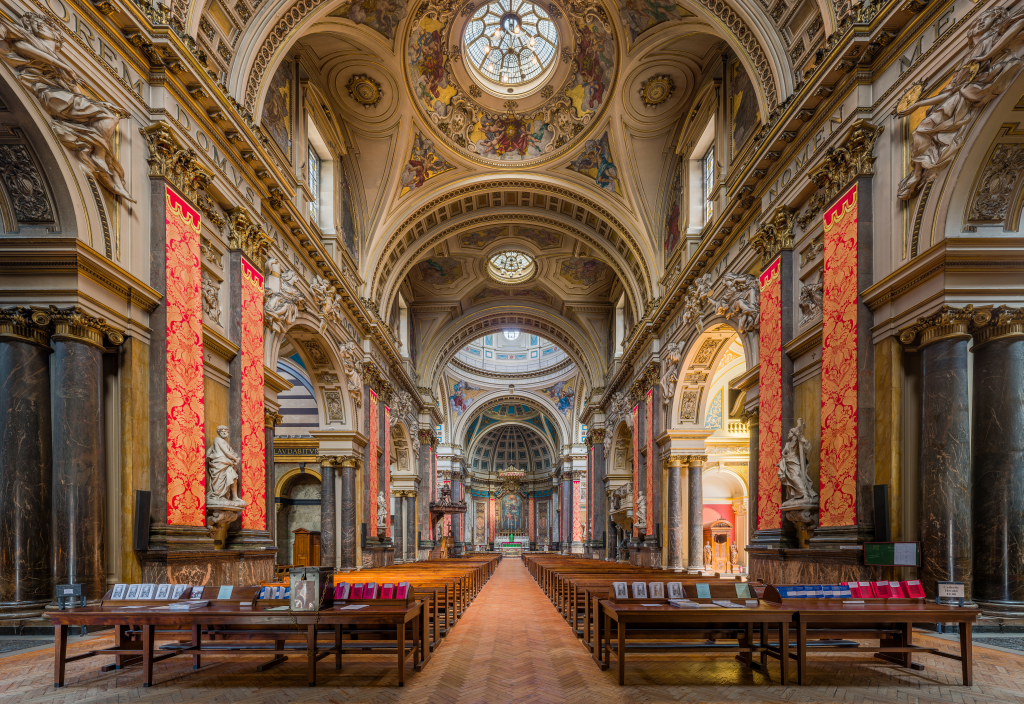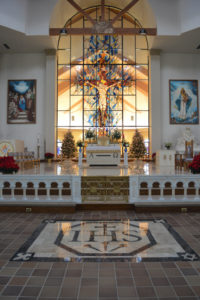The Church of the Immaculate Heart of Mary, better known as Brompton Oratory, is home to the Congregation of the Oratory of St Philip Neri in London, a community of priests living under the rule of life established by its founder in the sixteenth century. The Oratory also serves as a parish church in the Roman Catholic Diocese of Westminster.
Novus Ordo Latin Masses:
Sunday 11.00am (Solemn)
Monday to Friday 6.00pm
Holy days of obligation: 6.30pm (Solemn) (on the eve: 6.30pm (First Mass of the Feast))
(Source)



